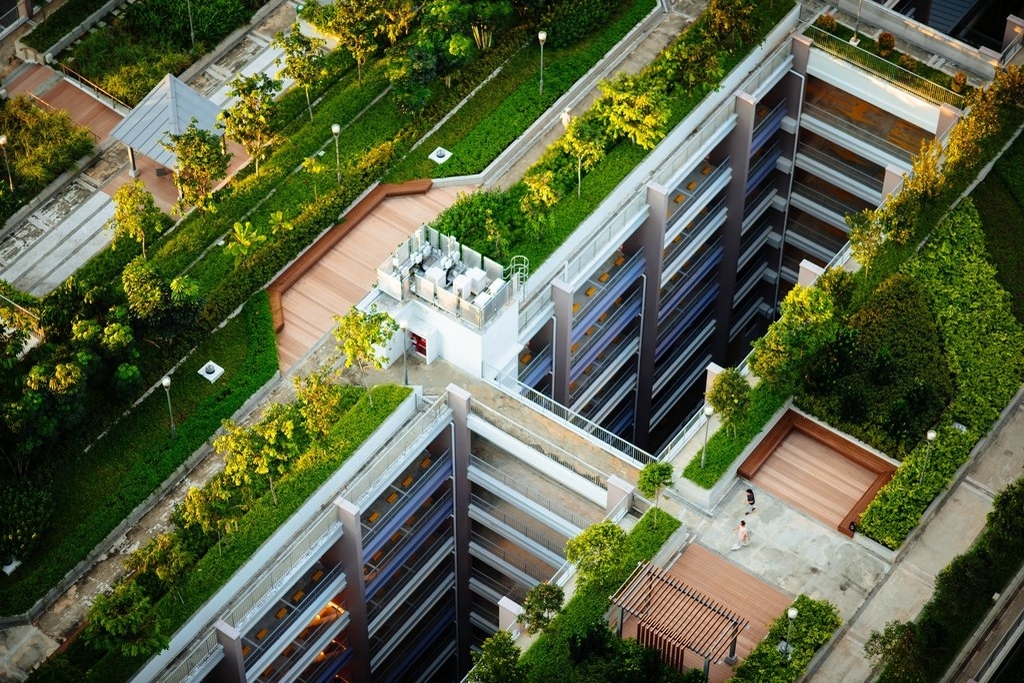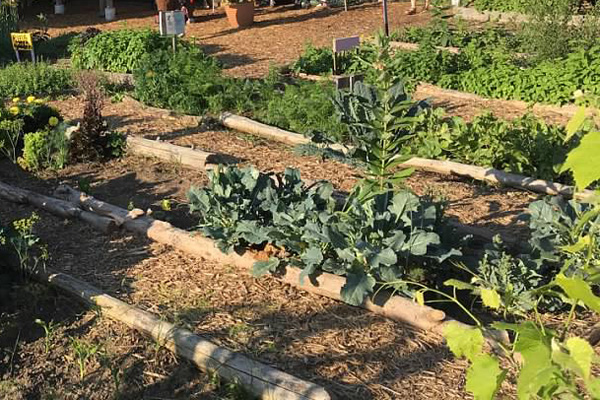Indicators on City Blooming You Should Know
Table of ContentsThe 7-Second Trick For City Blooming9 Simple Techniques For City BloomingCity Blooming for DummiesThe Only Guide for City BloomingExcitement About City Blooming
Fascinated in growing food available in the City of Chicago? Considering beginning a neighborhood garden? Adjustments to the Chicago Zoning Ordinance enable agricultural usages like area yards and urban ranches in lots of components of the city. Below is a checklist of often asked questions regarding the rules and laws that farmers should think about when planning a city farming job.
The zoning change does not change any type of various other codes dealing with composting, building licenses, acquiring or renting City possessed property, service licenses or ecological contamination. There are existing codes that manage these issues and they continue to be completely impact and may apply to your project. Area yards are commonly possessed or managed by public entities, civic organizations or community-based organizations and preserved by volunteers.
Urban farms expand food that is meant to be marketed, either on a nonprofit or for-profit basis. Due to their commercial function, metropolitan ranches need a business license.
City Blooming Can Be Fun For Everyone
Composting is enabled yet only for plant material that is generated and utilized on website. The amount of compost material can not surpass 25 cubic backyards at any type of given time according to the criteria in 7-28-715 of the City's Municipal Code. Yes. Since the soil at many new yard websites needs amending, compost, soil, wood chips, or other materials can be obtained to construct or boost the growing space - fruit and vegtables.

If a structure authorization is needed after that the hoophouse will be thought about an accessory structure. You can discover out more about the building authorization needs by getting in touch with the Division of Buildings. The 25,000-square-foot size limitation is meant to prevent a solitary community yard from controling an offered block or taking away from the block's existing household or industrial personality.
The limit does not relate to gardens situated in Public Open Area (POS) areas. Can there be greater than one area yard that is 25,000 square feet on a solitary block? Yes. The size limitation puts on private yards, not to specific blocks. No. Fence is not needed, nonetheless, gardens that have large parking lot may be needed to set up secure fencing or other landscape design functions.
The Definitive Guide for City Blooming
B1 & B2 districts need that all industrial use tasks be conducted indoors. R districts limit industrial task. The guidelines mirror the objective and intent of the Zoning Code. Is fencing required for metropolitan ranches? Yes. Fences may be needed, together with landscape design and screening, for certain parking lot and exterior work or storage space areas depending upon place and the certain activity taking area.
Urban ranches need building authorizations and zoning authorizations prior to building and construction (indoor plants). Other forms of city review might be needed depending on certain structures, activities, dimension, landscaping, licensing, public health and stormwater administration concerns.
Yes. The sort of certificate is established by what is occurring at the website. The Division of Company Matters and Customer Defense can help figure out the particular kind of business certificate that's required. Yes. Off road parking is required for many commercial tasks in Chicago. The called for number of garage is based on the number of staff members dealing with website and not the square video of the growing area.
Rumored Buzz on City Blooming

Yes. An urban farm can market compost product created on site, nevertheless, the procedure should follow the regulations in 7-28-715 of the Chicago Municipal official statement Code. Yes. Aquaponic systems are allowed inside on metropolitan farms in lots of zoning areas. Nonetheless, a zoning review and building authorization is required in order to set up frameworks or systems and a company permit is required as defined over.
Up to five hives or swarms of honey might be maintained as an accessory usage. However, beekeepers need to register with the Illinois Division of Agriculture. To find out more concerning the proposed zoning amendment you might contact the Department of Housing and Economic Growth, Bureau of Preparation and Zoning at 312.744.8563.
Farming in cities and urban areas An urban farm in Chicago. Urban agriculture refers to various techniques of cultivating. https://www.provenexpert.com/city-blooming/, processing, and distributing food in city areas. The term additionally applies to the area tasks of pet husbandry, aquaculture, beekeeping, and gardening in a city context. Urban agriculture is distinguished from peri-urban farming, which occurs in country areas at the edge of suburbs.
Some Known Factual Statements About City Blooming
It can involve a motion of natural cultivators, "foodies" and "locavores", that look for to develop socials media based on a common ethos of nature and community holism. These networks can establish using official institutional support, coming to be integrated right into local town as a "change town" activity for lasting metropolitan advancement.
Some of the first proof of urban agriculture comes from Mesopotamia.